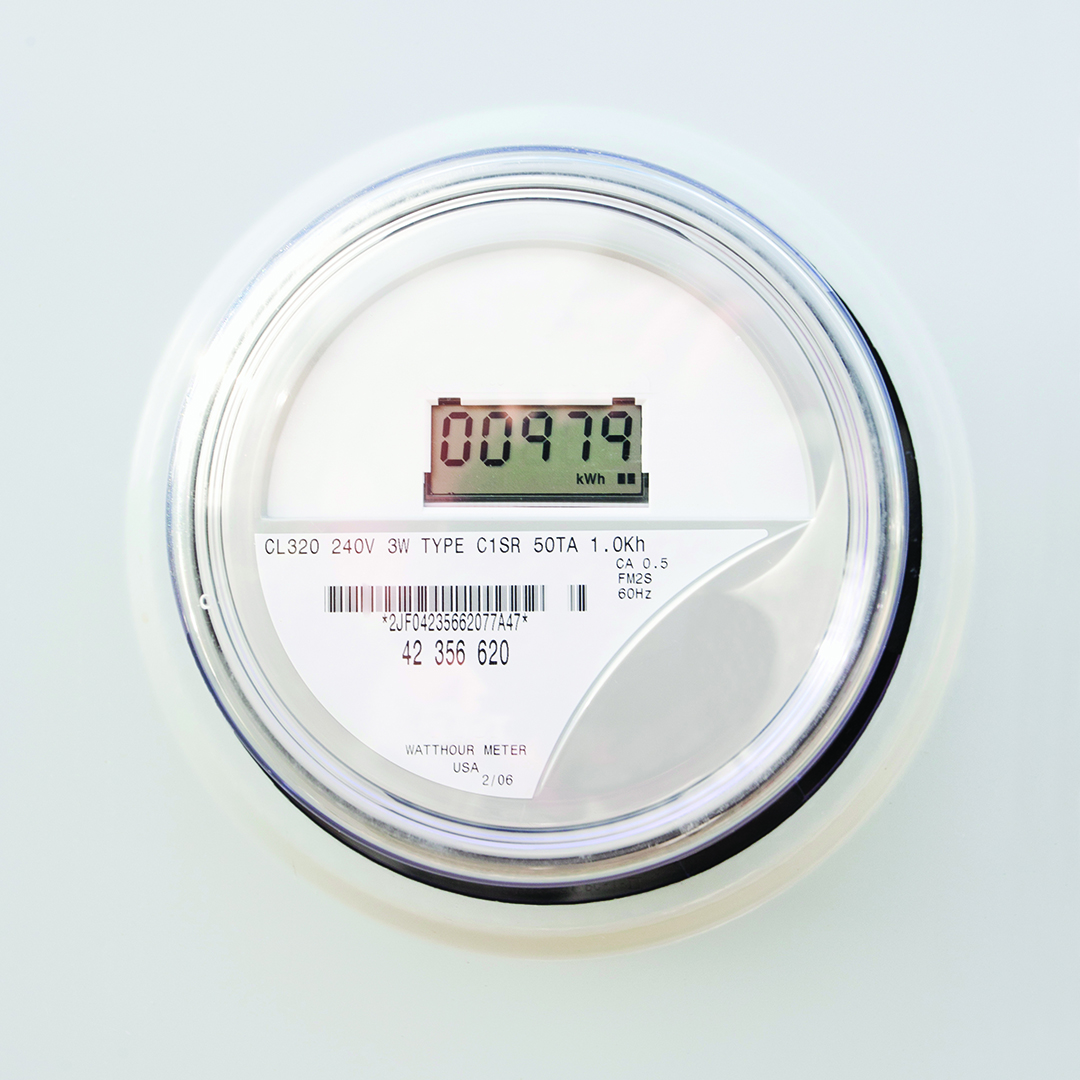
The DesignLights Consortium (DLC) is dedicated to accelerating the widespread adoption of high-performing commercial lighting solutions by promoting high-quality, energy-efficient lighting products in collaboration with utilities and energy-efficiency program administrators; lighting manufacturers and designers and federal, state and local governments. Through these partnerships, the DLC establishes product quality specifications, facilitates thought leadership and provides information, education, tools and technical expertise.
In January 2017, the DLC branched off from its parent organization, the Northeast Energy Efficiency Partnerships (NEEP), and became an independent nonprofit organization. Since then, the DLC has been administered and run through the nonprofit Efficiency Forward Inc.’s board of directors.
DLC members are utilities and energyefficiency program administrators that use the DLC’s Qualified Product List (QPL) to determine product eligibility for incentive programs, collect energy-savings information, inform energy-efficiency program design and evaluate program purposes.
Opportunities Abound for Energy Efficiency
With U.S. market penetration of LEDs below 13 percent in existing commercial and industrial space, according to the latest U.S. Department of Energy LED Adoption Report, the lighting market remains ripe with opportunities for energy savings. In addition, first-generation LEDs are ready for replacement. Networked lighting is providing a gateway for smart/connected buildings. Meanwhile, lighting controls technology can provide savings of up to 47% per project, according to research by the DLC. Horticultural lighting presents its own opportunities and challenges.
“The commercial lighting sector is changing fast—from spurring installations of networked lighting to understanding how the quality of light impacts workers and students and introducing growers to the benefits of high-efficiency horticultural lighting,” said Christina Halfpenny, executive director of the DLC. “The DLC is excited to help our diverse stakeholders navigate these new opportunities as we work together to accelerate the transition to LED lighting in the commercial and industrial sector.”
The Qualified Product List
The QPL is a list of commercial LED lighting products that meets the DLC’s technical requirements in more than 85 categories. The QPL is heavily used by utility administrators, ESCOs, procurement agencies, municipalities and end users for product selection and for product eligibility in efficiency and incentive programs.
There are currently more than 500,000 products on the QPL. Each product must have a suite of independent lab reports as evidence for tested performance. The QPL for networked lighting controls (NLCs) was recently established to aid utilities in designing incentive programs around this new technology.
The QPL was initially launched at the request of utilities in the northeast region of the United States to create a qualified list of energy-efficient commercial LED lighting products . The QPL was quickly adopted by more and more utilities and as LED technology evolved, the DLC’s requirements have expanded to include more lighting application categories. Today, the QPL is used across the United States and Canada.
The QPL is the largest list of third-party verified products in existence. Having a one-stop resource like the QPL simplifies the rebate application process for customers seeking rebates from utilities.
“What has been a pleasant surprise to us is how widely used the DLC QPL has become in lighting selection and purchases,” Halfpenny said. “We just learned that 76% of commercial electric accounts in North America have access to rebates for DLC qualified lighting. That really is quite a prevalent point of reference when you’re selling lighting anywhere in the United States and Canada.”
What Does DLC-Qualified Mean?
“The DLC is trying to cover all commercial lighting options and build a framework to use as a point of reference for product performance,” said Halfpenny.
Each product is verified against independent lab test reports on:
- Efficiency (LM-79)
- Quality of light (LM-79 color temperature, color rendering index)
- Reliability (warranty, LM-80 data–light output degradation, TM-21, ISTMT)
- Power quality (harmonic distortion and power factor)
- Safety
“Third-party verification of performance is important to utilities as they structure their incentive programs, as well as to their customers who want to save money on their energy bills,” Halfpenny said. “For manufacturers, DLC qualification can be a differentiator in the market and can reduce upfront costs for customers thanks to rebates that are given based on DLC qualification.”
DLC member utilities are involved in developing product specifications. Almost all DLC-listed products are eligible for utility rebates and incentives because they meet certain efficacy requirements. These incentives can help defray upfront costs for LED and networked controls upgrades and shrink the payback period for buyers.
DLC and Manufacturers
Submitting products to the DLC for QPL listing can cost between $1,000 and $30,000 per application (an application can include up to 10,000 products; a single product application costs $1,000). While DLC qualification is voluntary, it effectively acts as a third-party verification of a manufacturer’s stated product performance, can set manufacturers apart from their competition and can provide a market advantage.
DLC and Distributors
Distributors who stock qualified products should keep track of the changing specifications. When specs change, there are thousands of products delisted. While the DLC provides a nine-month grace period, distributors have been caught by surprise on spec changes. It’s important to keep track of spec changes to avoid getting stuck with a product that is no longer qualified. The DLC has a comprehensive website with easily accessible resources that distributors can use to anticipate changes from the DLC that may affect their businesses.
Training
Unfamiliarity with how to design, install and commission advanced lighting control systems is a key barrier that prevents widespread adoption and increases the cost of the technology. To address this barrier, the DLC has developed a training program for the design and installation of networked lighting controls.
Through this course, participants are equipped to explain to their customers the features and benefits that advanced lighting control systems offer and how to configure them to maximize the benefit for any given situation.
New Sales Opportunities
In October 2018, the DLC issued its first technical requirements for horticultural indoor lighting applications. “We’re very interested in seeing not only the adoption of LEDs in horticultural applications but to see the technology evolves to perform even better than it does now,” Halfpenny said, adding that the cannabis industry is growing quickly and creating opportunities for the lighting industry to expand product lines and market share.
In June, the DLC issued updated specifications for NLCs to accept building management systems. “We have networked lighting but it’s not interoperable with building management systems, such as HVAC systems,” Halfpenny said. “The DLC will encourage interoperability within the building ecosystem using our requirements for networked lighting to try to help spur two big changes—requiring reporting on certification of cybersecurity and requiring energy monitoring of all systems while looking at interoperability.”
As the lighting industry continues to become more diverse, the DLC sees a serious need for a refocus on quality of light and connectivity to prepare for the future.
For more information, visit designlights.org.
